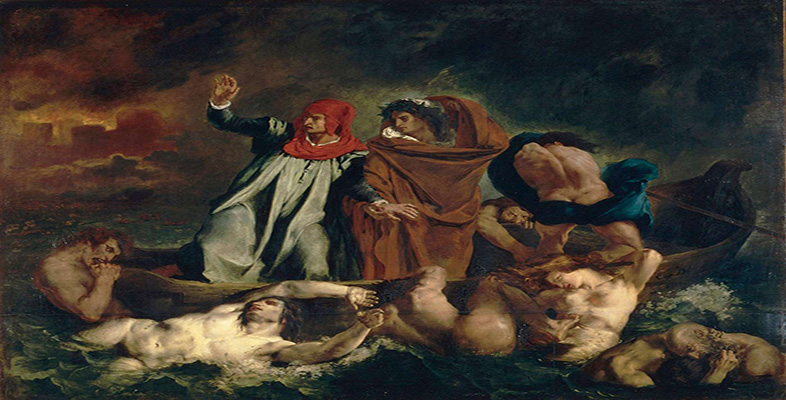2.10 Colour versus line
Rubens versus Poussin, colour versus line – these were the polarities around which much debate in France had been structured since the late seventeenth century, when the Royal Academy of Painting had been founded. The defence of line or contour had been linked with idealisation and the idea of absolute, perfect beauty derived from drawing skills based on observation of antique statuary. Colour had been associated with the emotive and the sensual and given less status: it satisfied the eye rather than the mind. This polarity was, of course, artificial. Most artists were concerned with both colour and line. It was therefore often a matter of perceived priorities. An article in the review L’Artiste of 1832 anticipated the Delacroix-Ingres polarity that would become well established from 1834 onwards:
It’s the battle between antique and modern genius. M. Ingres belongs in many respects to the heroic age of the Greeks; he is perhaps more of a sculptor than a painter; he occupies himself exclusively with line and form, purposefully neglecting animation and colour … M. Delacroix, in contrast, wilfully sacrifices the rigours of drawing to the demands of the drama he depicts; his manner, less chaste and reserved, more ardent and animated, emphasizes the brilliance of colour over the purity of line.
(Quoted in Carrington Shelton, 2000, pp.731–2)
